Table of Contents
1. Introduction
Coconut coir serves as a beneficial addition when propagating the exquisite and distinct Monstera Albo houseplant, which holds immense popularity. Given the plant’s delicate root system prone to rot, successful Monstera Albo propagation demands meticulous care. To foster accelerated and healthier growth, integrating coir into the root substrate stands as a proactive measure. This practice optimizes conditions for the Monstera Albo‘s development and vitality.
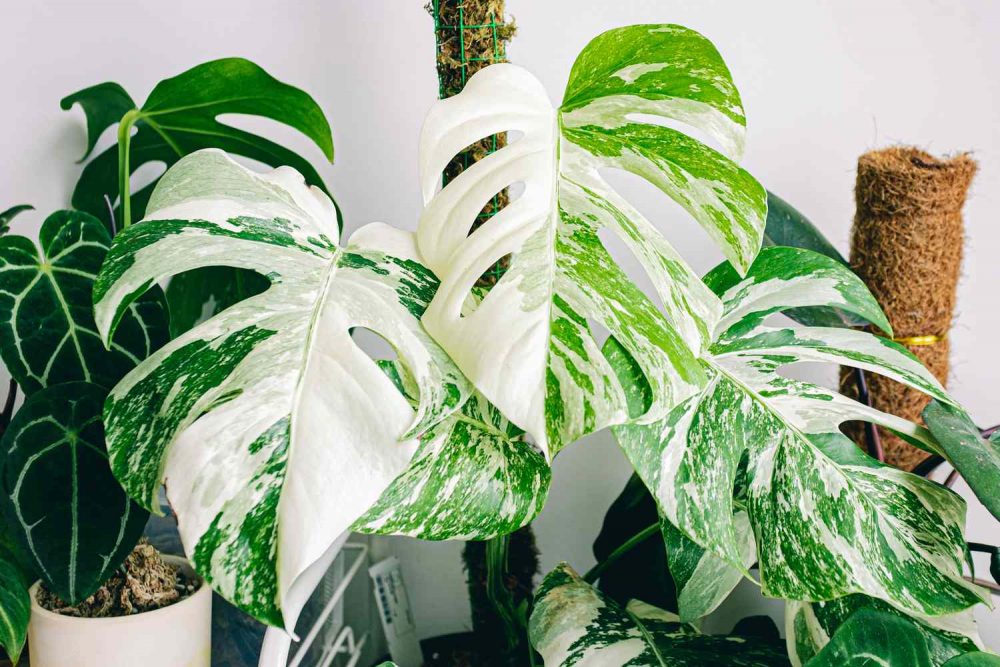
2. About Coconut Coir
Coconut coir is a material derived from the husk of coconuts, possessing a range of applications in the field of horticulture, particularly concerning the cultivation of plant roots.
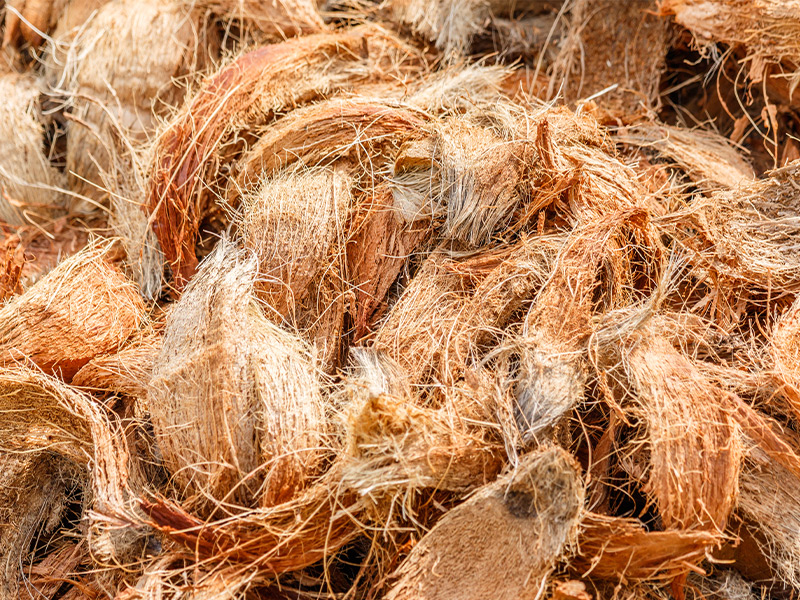
The utilization of coir in facilitating the growth of plant roots can be attributed to its distinctive properties. Notably, coconut coir exhibits an exceptional capacity for retaining water, capable of holding an impressive 80% of its weight in water. This characteristic bears substantial significance for root development, as the provision of water is integral to this process. Additionally, the material’s commendable drainage capabilities play a pivotal role in preventing root rot, a condition that can compromise plant health. Furthermore, the slightly alkaline pH of coir contributes to soil pH equilibrium, fostering an environment conducive to optimal root growth.
In conjunction with its water-retention and pH-balancing attributes, coir also imparts a modicum of essential nutrients to plant roots. Among these nutrients are potassium, magnesium, and calcium, which are acknowledged prerequisites for robust root development.
Visually, coir presents as a dark brown substance, characterized by limited light penetration. This attribute holds potential implications for its utility in various contexts, particularly where light obstruction is advantageous. This is very important for Monstera Albo, as the plant needs a dark environment to grow roots. When coir is added to the root bag, it helps to create a dark environment for the roots, helping the plant to grow roots more and faster.
3. Experiment
The observation found that the root bags that were wrapped in moss, the dark color mostly had many radicles. In the meantime, the light color bags did not see many radicles.
At the site the roots of Monstera Albo would immediately sprout many lateral roots when they penetrated the substrate (dark).
The hypothesis is that dark conditions are an important factor in stimulating the growth of lateral roots.
Experiment to create a dark environment by putting coir in the root bag to see if the lateral roots will produce more or not?
To test the hypothesis, we conducted an experiment with pairs of Monstera Albo plants with similarly long stem roots. The plants were divided into two groups:
- Group 1: Plants were wrapped in roots with PS fertilizer solution.
- Group 2: Plants were wrapped in roots with PS fertilizer solution and coconut coir
4. Results of the experiment
After 2 weeks, the root bags were wrapped and the formula was implemented.
No coconut coir
Add coconut coir
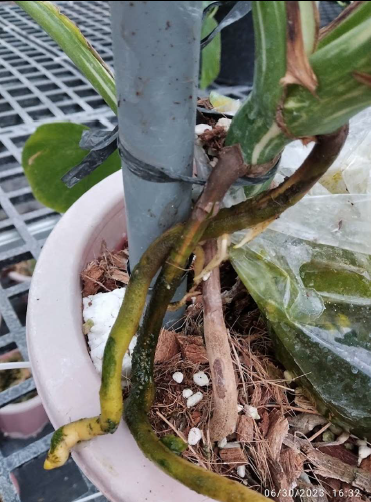
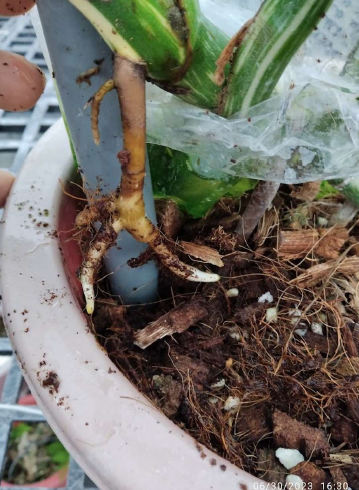
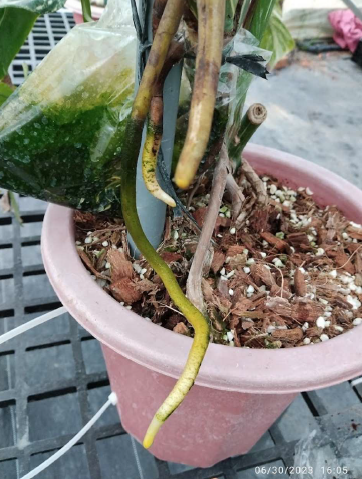

5. Conclusion
The roots in the bags containing coir had more root hairs than the bags without. Especially the bags with coir that were almost dry, only damp, had more root hairs than the bags with coir that were full of water.
Covering with coir stimulates the growth of lateral roots better than not using. However, the coir packing process will incur additional labor costs.
After adding coir, it is necessary to limit watering the root bag too much and only maintain the coir moist.
If you have any questions, you can contact us via:

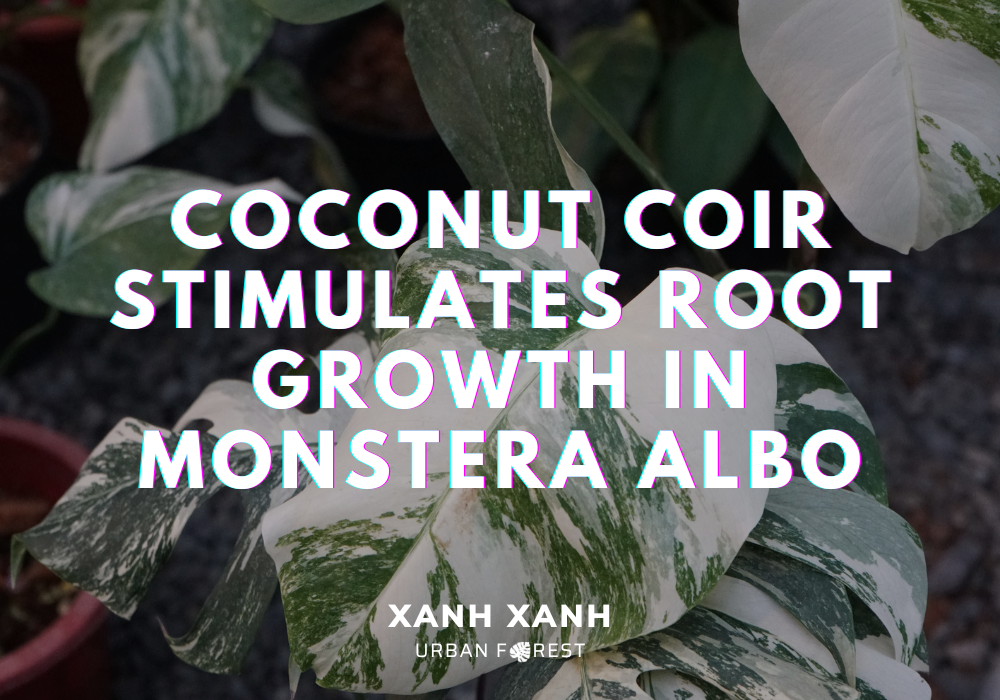
Pingback: 20 Uninvited Guests That Shield Your Soil from Drying Out